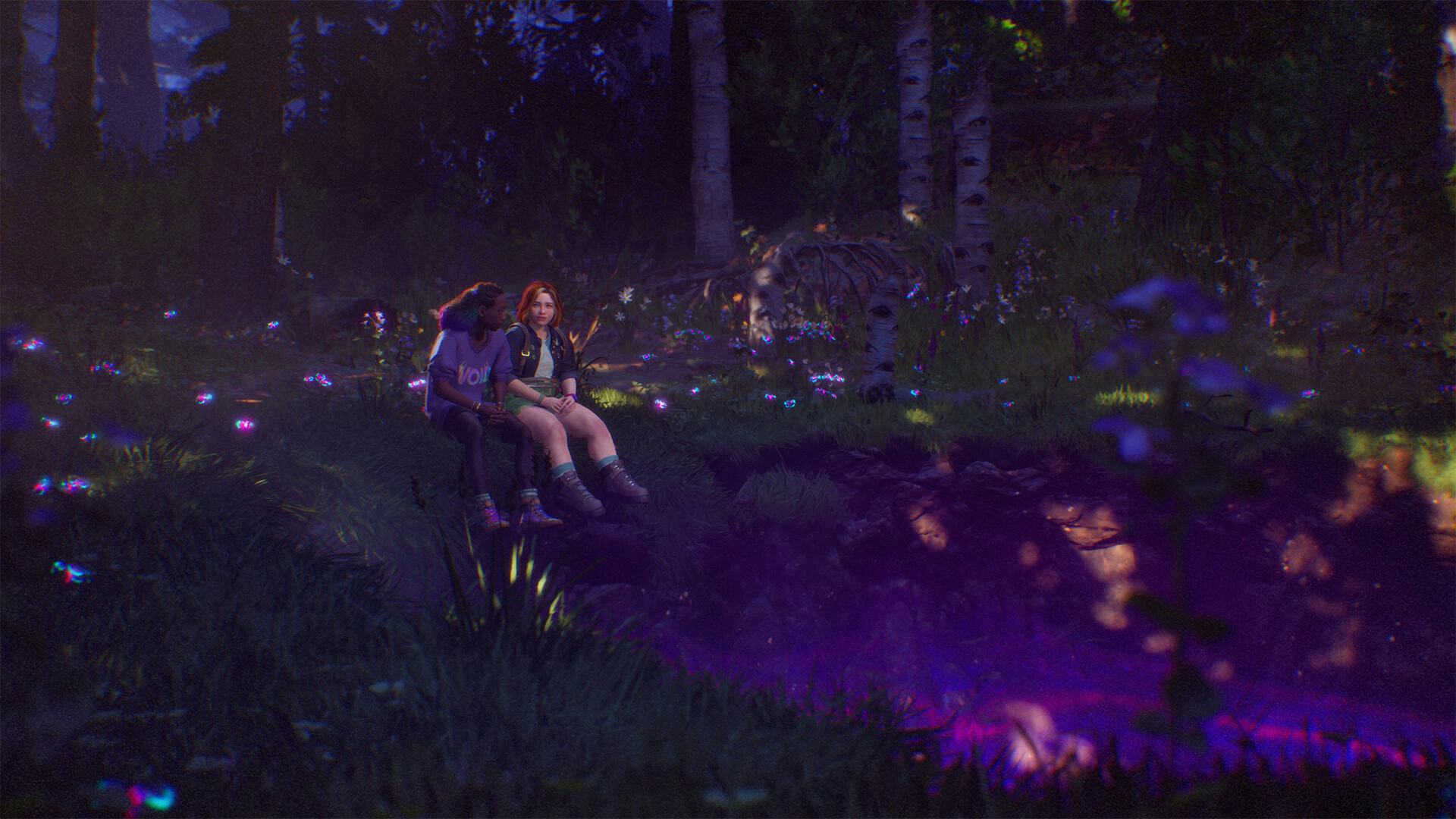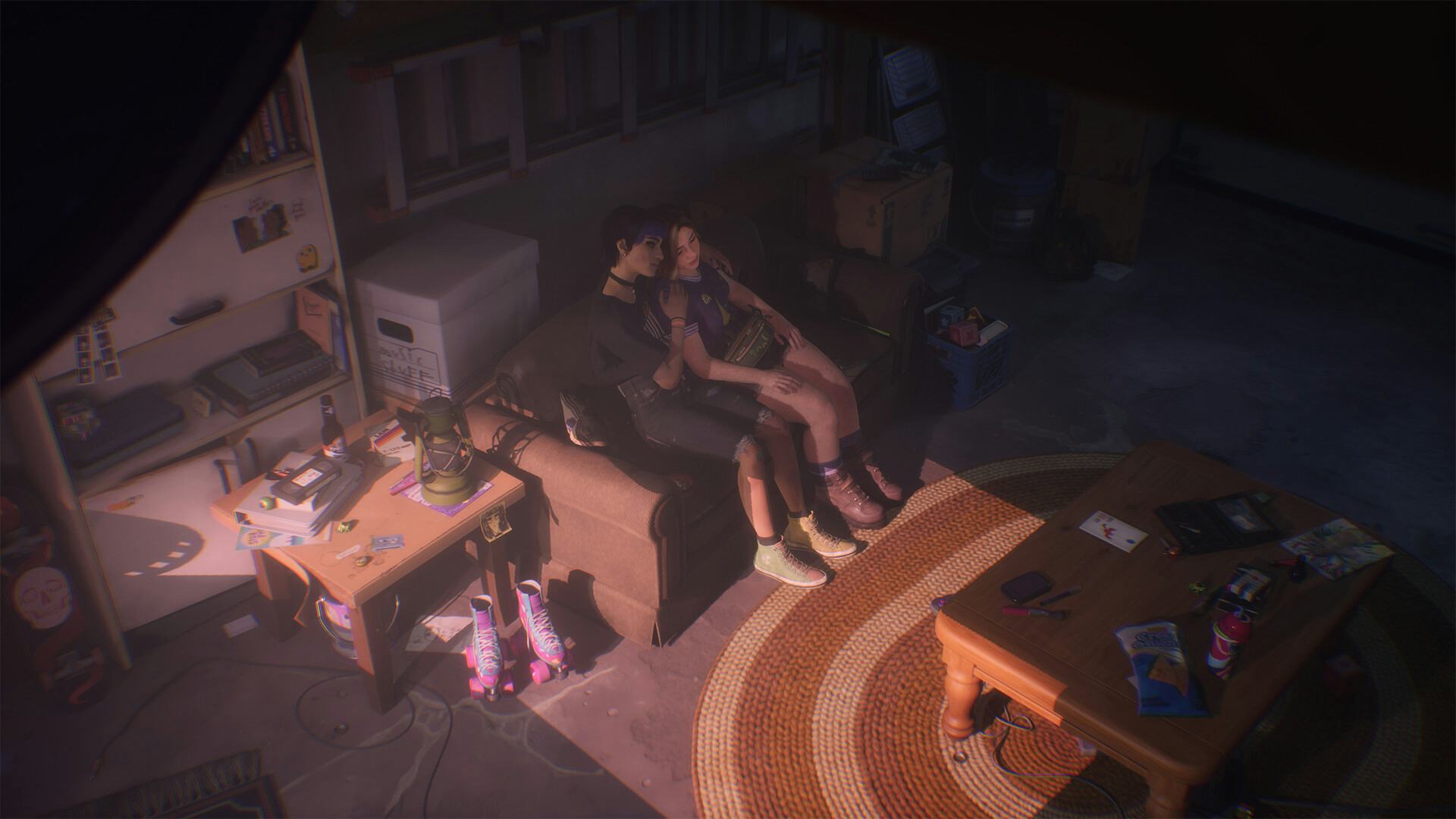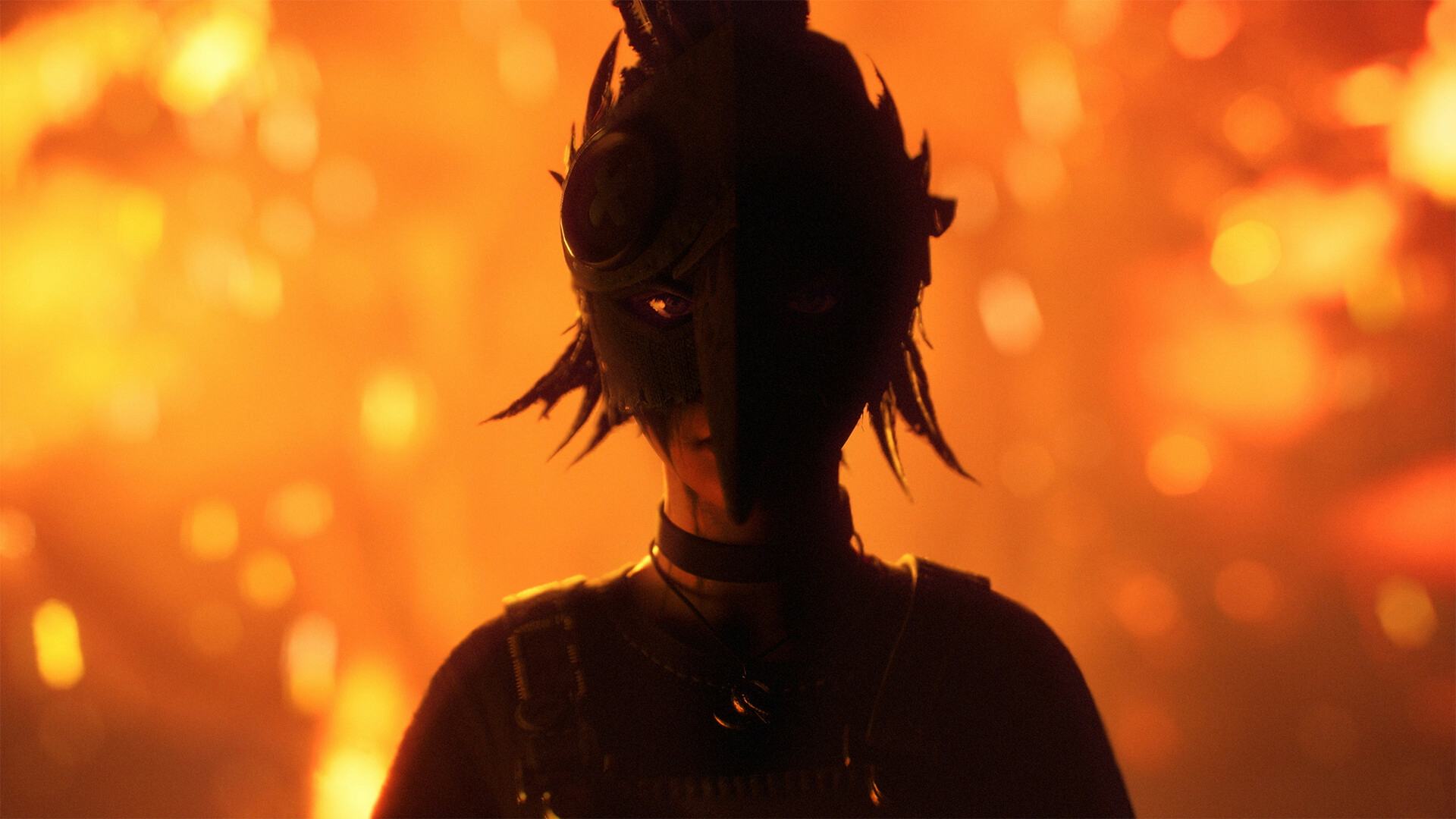
There are few, if any, truly universal experiences in life, but one thing that seems true for just about everyone is that it’s tough being a teenager. Hormones, social pressure, and a developing sense of self push basically all of our emotions to their limits and leave us grasping for any sense of control. The second half of Lost Records: Bloom and Rage lives entirely in that chaotic space, ending the game’s story in an experience just as tumultuous, frustrating, beautiful, and terrifying as adolescence itself.
It’s been two months since the release of Lost Records: Bloom & Rage — Tape 1, but Tape 2 picks up the day after that episode’s conclusion. In the finale to Tape 1, teenage heroines Swann, Autumn, Nora, and Kat shocked their small hometown with an unsanctioned punk concert in a bar’s parking lot, along with the revelation that Kat has terminal cancer. That unexpected reveal was a clumsily handled twist to end the otherwise excellent first half of Lost Records, but in part two, Kat’s health forms the backbone of the story.
Tape 2 begins with a dark inversion of the intro to Tape 1. Swann is in her room packing up for a move at the start of both games, but rather than the mostly cheerful girl we met the first time, surrounded by the accoutrement of a ‘90s teenage girlhood, Swann is dour, and her room feels more like a cell than a sanctuary.
Swann’s friend group is understandably splintered after Kat’s illness is revealed and she’s taken to the hospital, then barred from visiting the other girls. The first hours of Tape 1 are consumed by Swann’s one-on-one visits with Autumn and Nora. Raw, moving scenes of Swann trying to talk one friend through a panic attack and sneak into Kat’s room with another immediately cement the second half of Lost Records as much darker than the first, but also demonstrate its painfully slow pace and introduce mechanics with clear winning and losing states that aren’t nearly as appealing as Tape 1’s more free-wheeling hangout vibe. Like in the game’s first half, these scenes of the summer of 1995 are intercut with Swann, Autumn, and Nora reuniting in 2022, and while there’s less to cover there overall, the mood of their reunion has soured as much as the memories they’re reliving.

Eventually, the gang gets back together, and the mysterious supernatural force introduced in the game’s first half comes roaring back with more presence in the story but not much more clarity. Rather than explaining the glowing abyss that the girls discovered (or opened) in the woods, Tape 2 uses it as both a driver of the game’s plot and the source of its most potent metaphors. It seems to respond most strongly to Kat, who’s blithely accepted her own impending demise, but ropes her friends into getting revenge on her family and the hunting ranch she sees as evil before she goes. We’re not told what the abyss is or how it works, but it gives Kat the power to turn prey into predator when the group is in real danger, and appears again to seemingly seal the girls’ bond when they inexplicably have a dance party just moments later.
The first half of Lost Records found joy in the long, aimless summer days of youth. As Swann, players were free to meander with her friends, shooting camcorder footage and chit-chatting about nothing in particular. It wasn’t idyllic or naively nostalgic, but it was an altogether sweet experience exploring their newfound freedom and love for each other. Part two is a mirror, reflecting heavier, equally real parts of being a teenager, as rifts open between friends and the girls confront their inability to truly help Kat in a more reined-in, linear sequence of scenes. Even Swann’s signature camcorder — a symbol of self-expression and the desire to make the group’s blissful summer last forever — is mostly absent this time.

Tape 2 isn’t entirely pessimistic, though. While the power they found in the woods is sinister to some extent, the more the girls rebel against their circumstances, the more it seems to help them. Its power is to reshape the world according to their amplified teenage feelings. The abyss is present in scenes that touch on what it feels like to have a friend disappear from your life, the sense of being untouchable even when danger is near, and the rage at being hemmed in and harassed by adults. It’s no coincidence that the biggest threat the girls face in the game is an angry, abusive man, and that the most intense expressions of the supernatural arise when he’s around.
The second half of Lost Records is a far more muddled, uneven experience than the first, but that doesn’t mean it’s totally unsuccessful. Its emotional highs still felt as gorgeous as its lows felt crushing, and while its story is kind of a mess when it comes to tone and consistency, its elevation of teenage rebellion to something approaching a fundamental spiritual force is still affecting as all hell. I don’t love the ending of Lost Records any more than I did its mid-game cliffhanger, but its layered and imperfect exploration of teenage joy and pain has plenty to recommend it along the way.






